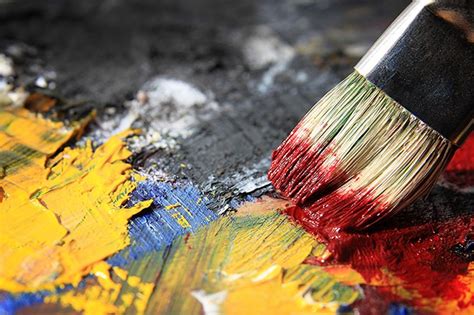Oil Painting: Achieving the Perfect Consistency for Fast Drying
Oil painting offers unparalleled richness and depth of color, but its notoriously slow drying time can be frustrating. This comprehensive guide explores techniques and considerations for achieving the right consistency in your oil paints to significantly accelerate the drying process, without compromising the quality of your artwork. We'll address common questions and delve into the nuances of this often-overlooked aspect of oil painting.
What Determines Oil Paint Drying Time?
The drying time of oil paint is influenced by several factors, and understanding these is crucial to controlling the consistency and, ultimately, the drying speed. These factors include:
-
Type of Oil: Linseed oil is the traditional medium, known for its relatively slow drying time. Poppy seed oil dries faster, while walnut oil falls somewhere in between. Safflower oil is another faster-drying option. The type of oil used significantly impacts the overall drying time of your paint.
-
Pigment: Different pigments have varying drying properties. Some pigments naturally accelerate drying, while others retard it. This inherent characteristic of the pigment itself is beyond your control, but awareness of it can help you anticipate drying times.
-
Amount of Medium: Adding more oil-based mediums slows drying. Conversely, using less oil results in faster drying times. Finding the right balance is key to controlling consistency and speed.
-
Paint Thickness: Thick impasto layers dry much slower than thin washes. This is because thicker layers trap more oil, hindering the oxidation process that leads to drying.
-
Temperature and Humidity: Environmental conditions play a significant role. Higher temperatures and lower humidity generally accelerate drying.
-
Additives: Certain additives, such as siccatives (drying agents), can significantly speed up the drying process. However, use these with caution, as they can potentially alter the paint’s texture and longevity.
How to Achieve the Right Consistency for Fast Drying
Here's a practical guide to achieving the perfect paint consistency for faster drying times:
1. Choosing the Right Oil
Selecting a faster-drying oil is your first step. Poppy seed oil, safflower oil, or even a blend of linseed and poppy seed oil can be beneficial.
2. Using Less Medium
Avoid over-diluting your paints. Use only the minimum amount of medium necessary to achieve the desired consistency and brushwork. Too much oil will significantly slow down the drying process.
3. Working in Thin Layers
Building up your painting in multiple thin layers allows each layer to dry more quickly before applying the next. This approach is fundamental for faster drying and preventing cracking.
4. Employing a Limited Palette
Working with a limited palette (fewer colors) can sometimes simplify the drying process, as each color has its own drying characteristics and mixing many colors can complicate drying times.
H2: What are some fast-drying mediums for oil painting?
Several mediums are designed to accelerate drying times. These include:
- Liquin: A popular alkyd-based medium that significantly speeds drying without altering the color significantly.
- Galkyd: Another alkyd medium, often preferred for its glossy finish.
Important Note: Alkyd mediums alter the chemical properties of the paint, so be aware that they may affect the final appearance and longevity of your artwork compared to traditional oil painting methods.
H2: How can I speed up the drying process of my existing oil painting?
If you have an already-painted canvas, you can try improving ventilation to reduce humidity and increase temperature. You could also use a heat lamp (used cautiously and with proper ventilation) to gently increase the drying speed, but always be mindful of potential damage to the paint film.
H2: Are there any risks associated with using fast-drying techniques?
While faster drying can be advantageous, it's important to be aware of potential drawbacks:
- Increased cracking: If the paint dries too quickly, it can become brittle and prone to cracking.
- Loss of blending capabilities: Faster drying may limit your ability to blend colors smoothly.
- Altered paint characteristics: Certain mediums and additives can alter the texture, gloss, and longevity of the paint.
Careful consideration and experimentation are key to finding the right balance between speed and the preservation of your artwork's quality.
Conclusion
Mastering the consistency of your oil paints for faster drying is a skill that enhances your painting experience and opens up creative possibilities. By understanding the factors that influence drying time and employing the techniques described here, you can achieve the perfect balance between speed and artistic integrity, enabling you to work more efficiently and enjoy the vibrant richness of oil paints without the lengthy waiting periods. Remember that experimentation is key – discovering the optimal approach for your specific style and preferences is a rewarding part of the process.

